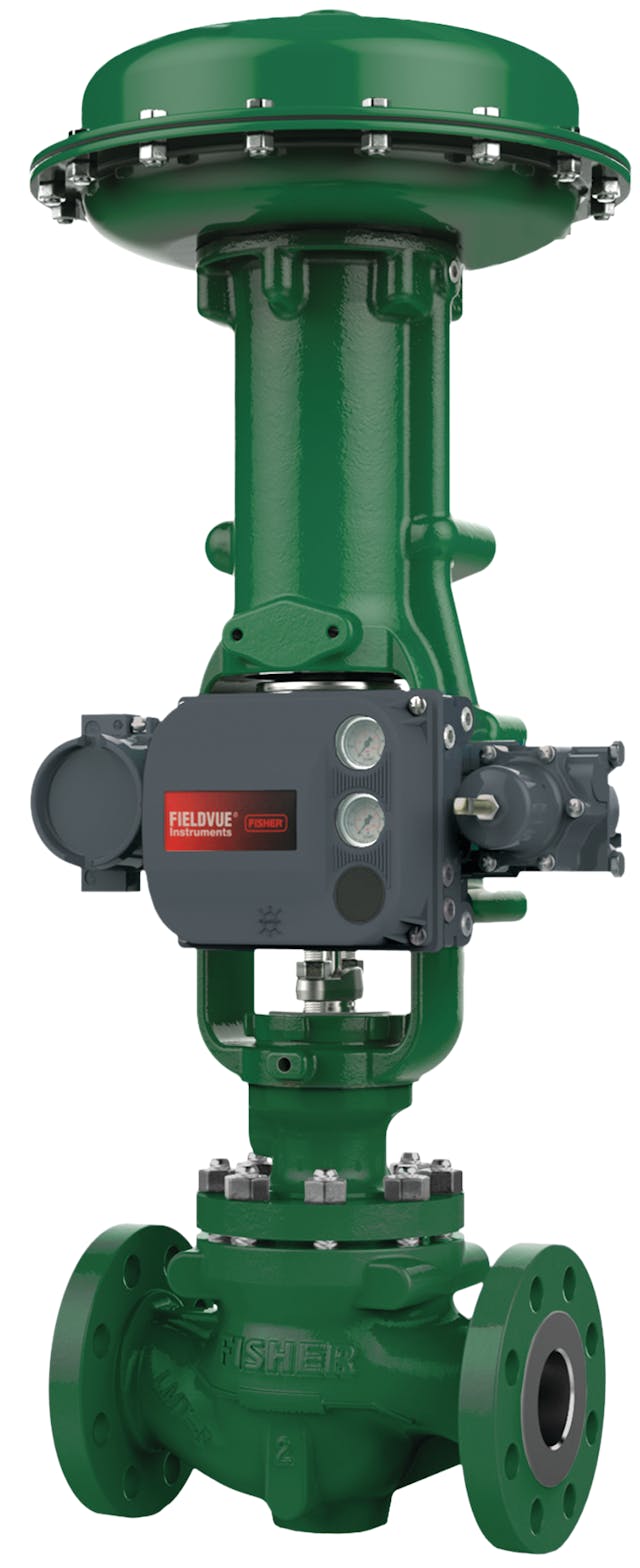
Maximize Energy Cost Savings and Convenience With Advanced Structure Automation Controls
In the world of contemporary architecture and center management, the integration of sophisticated building automation regulates stands as a critical improvement. The convergence of innovation and sustainability has birthed a new era where power effectiveness, comfort optimization, and operational streamlining are no longer distant desires however attainable truths. By utilizing the power of automation, buildings can adapt, react, and progress in manner ins which were as soon as unimaginable. The possibility for substantial power financial savings and improved comfort is not just a possibility however a promise waiting to be met. This paradigm shift in building administration holds the vital to unlocking a globe where environmental conscientiousness and occupant well-being harmoniously exist side-by-side within the walls of our frameworks.
Power Performance Benefits
Energy efficiency advantages can dramatically lower energy consumption and functional costs in buildings. Energy-efficient systems, such as innovative building automation controls, can enhance the use of sources like home heating, lights, and air conditioning, leading to lower power expenditures over time.
Additionally, enhanced energy effectiveness can extend the lifespan of structure tools and systems. By running more successfully, cooling and heating systems, lighting fixture, and other building components experience less wear and tear, resulting in reduced upkeep and substitute prices. Furthermore, energy-efficient structures frequently regulate higher home worths and rental prices, giving long-lasting monetary benefits to owners.
Furthermore, energy performance can improve owner convenience and productivity. Appropriately managed indoor atmospheres with optimal lights and thermal problems develop an even more positive and helpful workspace, bring about enhanced worker contentment and efficiency. Overall, the power effectiveness benefits connected with sophisticated building automation controls are complex, including expense financial savings, environmental stewardship, and occupant wellness.
Improved Comfort Control
Enhancing comfort control in building atmospheres needs an innovative integration of innovative automation systems for optimal owner well-being. By utilizing advanced structure automation controls, centers can customize the indoor environment to satisfy the specific demands and choices of owners. control valves.
Enhanced convenience control exceeds standard temperature level modifications. It includes attributes such as individualized settings, tenancy sensors, and all-natural light use to produce a vibrant and responsive setting. By integrating these innovative controls, structures can not just improve convenience but additionally enhance power effectiveness by enhancing system operations based on real occupancy and usage patterns. Eventually, focusing on passenger comfort through advanced automation systems results in a much more satisfying and healthier indoor environment.
Operational Efficiency Improvements

Furthermore, the implementation of real-time monitoring and analytics tools allows structure operators to identify energy inadequacies and operational anomalies immediately. By constantly monitoring power usage patterns and system performance metrics, adjustments can be made in real-time to maximize energy usage and make certain peak operational efficiency. control valves. In addition, incorporating demand feedback methods into building automation controls can additionally boost functional efficiency by dynamically readjusting power usage based upon grid conditions and pricing signals
Indoor Climate Optimization
Effective indoor climate optimization is a fundamental facet of structure automation controls, ensuring owners' convenience and wellness while maximizing power savings. By making use of sophisticated sensing units and controls, building automation systems can constantly monitor and adjust temperature, humidity degrees, air high quality, and ventilation to produce an optimum indoor atmosphere. Keeping comfy browse this site and constant conditions not only improves occupant fulfillment but additionally boosts productivity and overall wellness.
Interior climate optimization also plays a vital function in energy effectiveness. By fine-tuning air conditioning, air flow, and home heating systems based upon real-time information and occupancy patterns, constructing automation controls can significantly minimize power usage - control valves. Implementing methods such as demand-controlled ventilation and thermal zoning can aid reduce power waste while making sure that each area of the structure receives the necessary conditioning.

Lasting Setting Production
Structure automation regulates not just maximize interior environment conditions for energy effectiveness and passenger comfort but also lay the structure for producing a lasting setting with calculated administration of resources and systems. By incorporating innovative structure automation innovations, such as sensors, actuators, and smart software program, centers can adjust and monitor power use in real-time to decrease waste and decrease their carbon footprint. These systems enable anticipating maintenance, determining potential concerns before they rise and enhancing equipment efficiency to boost durability and efficiency.
In addition, sustainable setting development prolongs beyond power management to incorporate water conservation, waste decrease, and indoor air high quality improvement. Building automation controls can manage water usage, detect leaks, and ensure correct waste disposal techniques, contributing to total sustainability efforts. Furthermore, by monitoring and regulating air flow and filtration systems, these innovations improve occupant health and wellness and performance while decreasing look at this site energy usage related to a/c procedures.
Conclusion
To conclude, progressed structure automation controls offer substantial advantages in terms of energy cost savings, convenience control, operational performance, interior environment optimization, and producing a sustainable atmosphere. By implementing these controls, buildings can achieve ideal efficiency while lowering power consumption and improving resident convenience. It appears that using innovative automation technology is vital in boosting structure efficiency and developing a more lasting future.
Power performance advantages can dramatically reduce energy consumption and operational expenses in structures. In general, try this out the power efficiency benefits associated with advanced structure automation controls are complex, incorporating price financial savings, environmental stewardship, and owner health.
Furthermore, including demand reaction approaches right into building automation controls can even more improve operational performance by dynamically changing energy use based on grid conditions and pricing signals.
Building automation regulates not only maximize interior climate problems for energy efficiency and owner comfort but likewise lay the foundation for developing a lasting atmosphere through tactical monitoring of resources and systems.In final thought, advanced structure automation regulates offer significant benefits in terms of power savings, comfort control, operational efficiency, interior environment optimization, and developing a lasting environment.